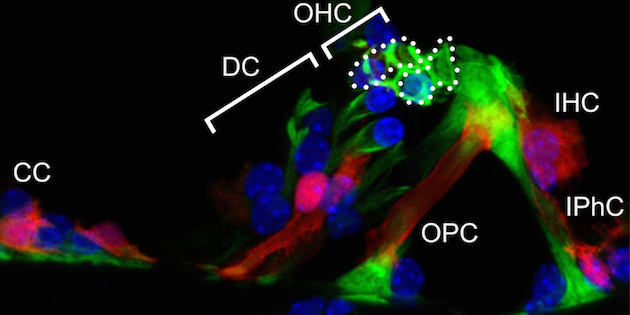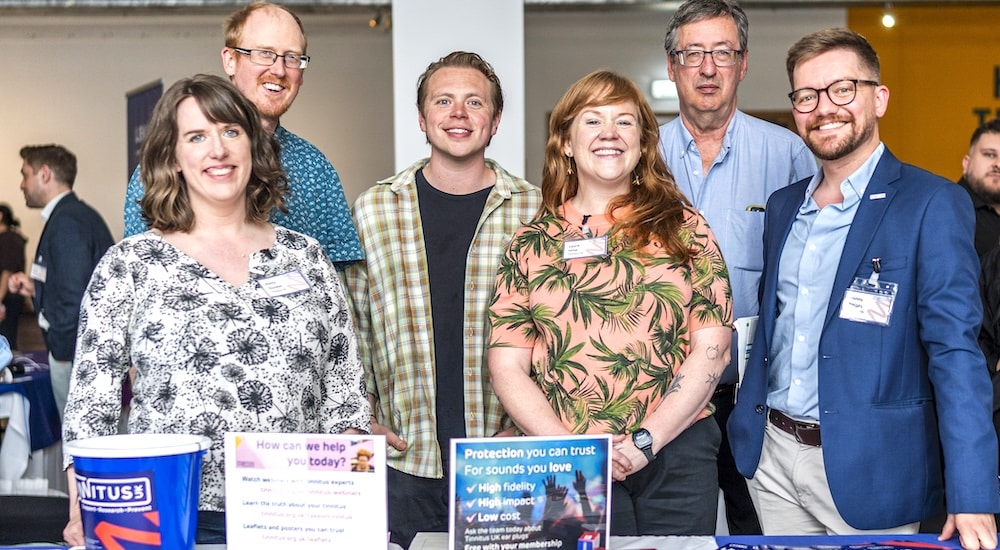Kobe University research finds cellular key to acquired hearing loss, opening door to prevention and treatment
neuroscience
A research breakthrough in Japan has revealed the specific inner-ear cells that grow in number as we age or suffer damage from noise or ototoxic drugs, all common causes of acquired hearing loss.

Scientists already knew of the expression in the inner ear of NADPH oxidase 3 (Nox3) enzymes that catalyse the production of superoxide, a reactive oxygen species (ROS) that can directly or indirectly damage DNA through oxidation, and is involved in the cause of a number of pathologies. Until this Kobe University investigation, however, it was not known which cells are involved, nor when and how Nox3 is expressed.
The researchers, led by Ueyama Takehiko (Biosignal Research Center, Kobe University) and the inner ear research group (Kyoto Prefectural University of Medicine), have not only revealed which cells are involved, but have also discovered that Nox3-expressing cells increase gradually with age, and suddenly in response to noise damage and ototoxic drugs.
From some of their results, the team determined that Nox3-expressing (i.e. superoxide producing) outer hair cells are poisoned by superoxide and die through apoptosis, a programmed cell death often called cell suicide. It was also found that loss of outer hair cells could also result from superoxide produced by surrounding supporting cells expressing Nox3, even if the outer hair cell didn't express Nox3 itself.
In their paper, published in Journal of Neuroscience' on April 12, 2021, they describe experiments with genetically-modified mice that show they were able to control the onset of age-related, noise-induced, and drug-induced hearing loss, as well as significantly suppress the onset of age-related and drug-induced hearing loss.
A drug to stop and treat hearing loss?
The sacred grail of much worldwide hearing research is the development of a pharmacological solution for hearing loss, and this research provides one target for further experiments: find a drug specifically to suppress the expression and/or activity of Nox3.
There are more patients with acquired sensorineural hearing loss than those with loss of a genetic origin (in Japan alone there are around 10 million people merely with age-related loss). It is thought, however, that success in developing a first drug-based treatment for hearing loss could also advance treatments for genetic hearing loss.
Source: Eurekalert


